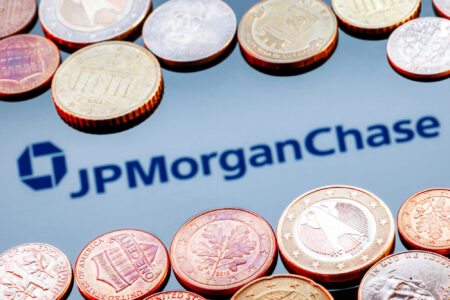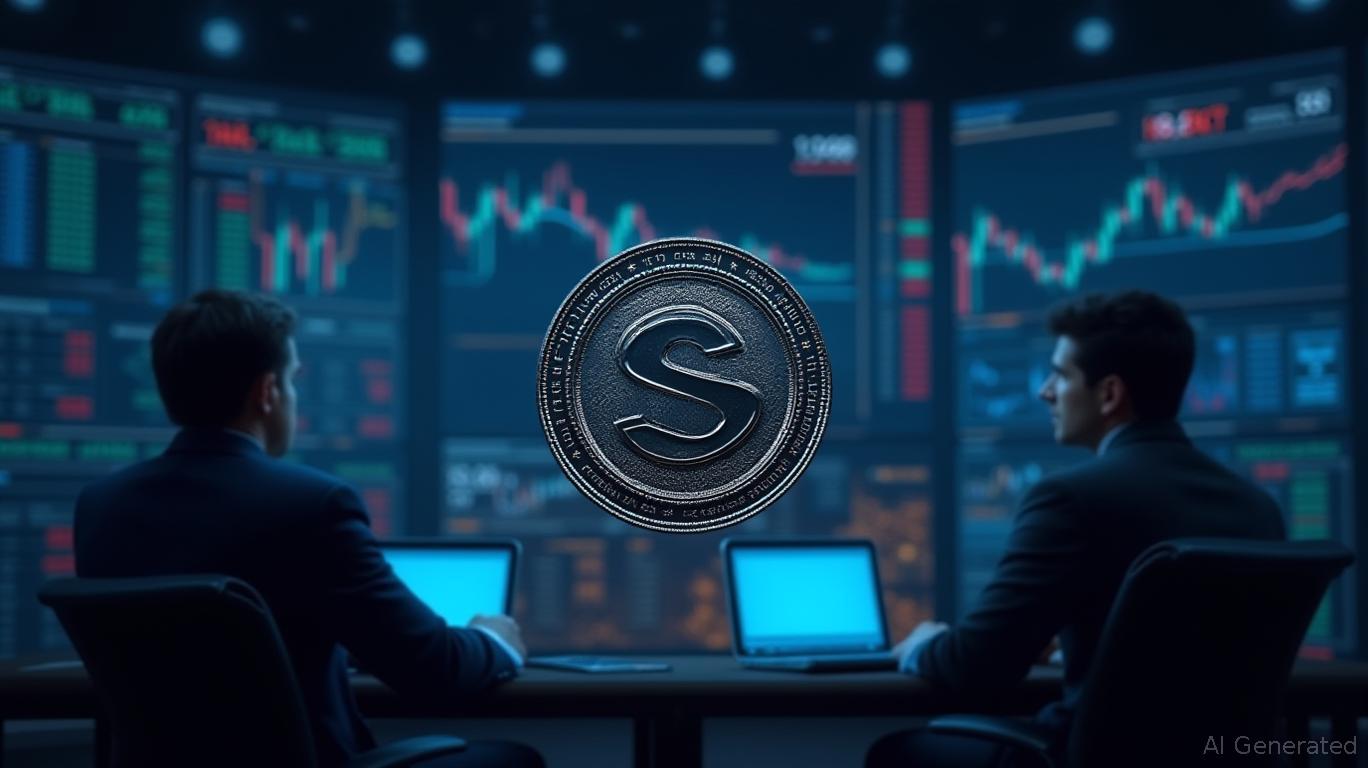Ethereum News Update: SharpLink’s Ethereum-Centric Approach Generates $23 Million in Staking Profits, Doubles Shareholder Assets
- SharpLink Gaming boosts ETH holdings to 859,853, valued at $3.5B, via strategic accumulation and staking rewards. - $76.5M capital raise funds ETH purchases below raise price, generating $23M in staking yields since June 2025. - ETH Concentration metric doubles to 4.0, reflecting institutional crypto adoption and shareholder value focus. - As public entity with 601K native ETH and 258K staked ETH, SharpLink sets crypto treasury benchmark with transparent metrics.
SharpLink Gaming, Inc. (Nasdaq: SBET) has notably increased its
This ETH acquisition came after a $76.5 million fundraising round on October 17, 2025, which was completed at a premium to the company’s net asset value (NAV). The raised funds were used to buy ETH at prices below the capital raise, a move Chalom described as “immediately beneficial for shareholders,” according to the company’s

Currently, SharpLink’s ETH portfolio includes 601,143 native tokens and 258,710 ETH equivalents held through liquid staking tokens (LsETH). Since the launch of its treasury plan on June 2, 2025, the company has earned 5,671 staking rewards, comprising 2,237 native rewards and 3,434 LsETH-equivalent rewards, as stated by
The firm’s “ETH Concentration” indicator, which is calculated by dividing total ETH holdings by 1,000 assumed diluted shares, has risen to 4.0 since June 2025—doubling over that period. This growth supports SharpLink’s broader objective of increasing shareholder value through digital asset investments. The company also maintains $36.4 million in cash and equivalents, ensuring liquidity for future ETH purchases or other strategic moves.
SharpLink’s robust ETH acquisition strategy has attracted notice from financial experts, who point out the company’s distinctive status as a publicly listed business with significant cryptocurrency assets. By designating ETH as a primary reserve,
Disclaimer: The content of this article solely reflects the author's opinion and does not represent the platform in any capacity. This article is not intended to serve as a reference for making investment decisions.
You may also like
JPMorgan Chase & Co. allows Bitcoin and Ethereum as collateral for loans

Solana News Today: "Solana Hits $195: Genuine Institutional Confidence or Just a Market Illusion?"
- Fidelity launches Solana (SOL) trading/custody services, signaling traditional finance's growing acceptance of the blockchain. - VisionSys AI and Fitell Corporation's $2.1B treasury initiatives highlight institutional confidence in Solana's ecosystem despite past scalability issues. - 21Shares' U.S. ETF and Hong Kong's first Solana ETF approval expand regulated access, positioning SOL as a third major crypto asset after BTC/ETH. - Analysts debate $195 price threshold's significance, with bullish projecti

Ethereum News Update: MegaETH's $7 Billion Buzz Compared to $1 Billion Approach: Undervaluing as a Wager on Ethereum's Prospects
- MegaETH's $350M ICO at $7B valuation marks fastest Ethereum token sale, leveraging real-time execution and 10B token supply. - Backed by Vitalik Buterin and $20M seed round, project aims to address Ethereum congestion with layer-2 scaling solutions. - Deliberate $999M underpricing strategy boosts community participation, contrasting inflated valuations in crypto market. - English auction format with 100K+ KYC participants shows strong grassroots support despite U.S. lock-up restrictions. - Market forecas

Canada’s stablecoin regulations set for November seek to curb capital outflows and safeguard national sovereignty
- Canada plans to unveil stablecoin regulations in the November 4, 2025 budget to curb capital flight to U.S. dollar-backed tokens. - The framework aims to classify stablecoins as securities/derivatives and enforce liquidity safeguards amid $1 trillion annual transaction volumes. - Officials warn delayed action risks eroding domestic financial sovereignty as 99% of stablecoin value is now U.S. dollar-linked. - The proposed rules align with global trends (EU, Hong Kong) and will address consumer protections
